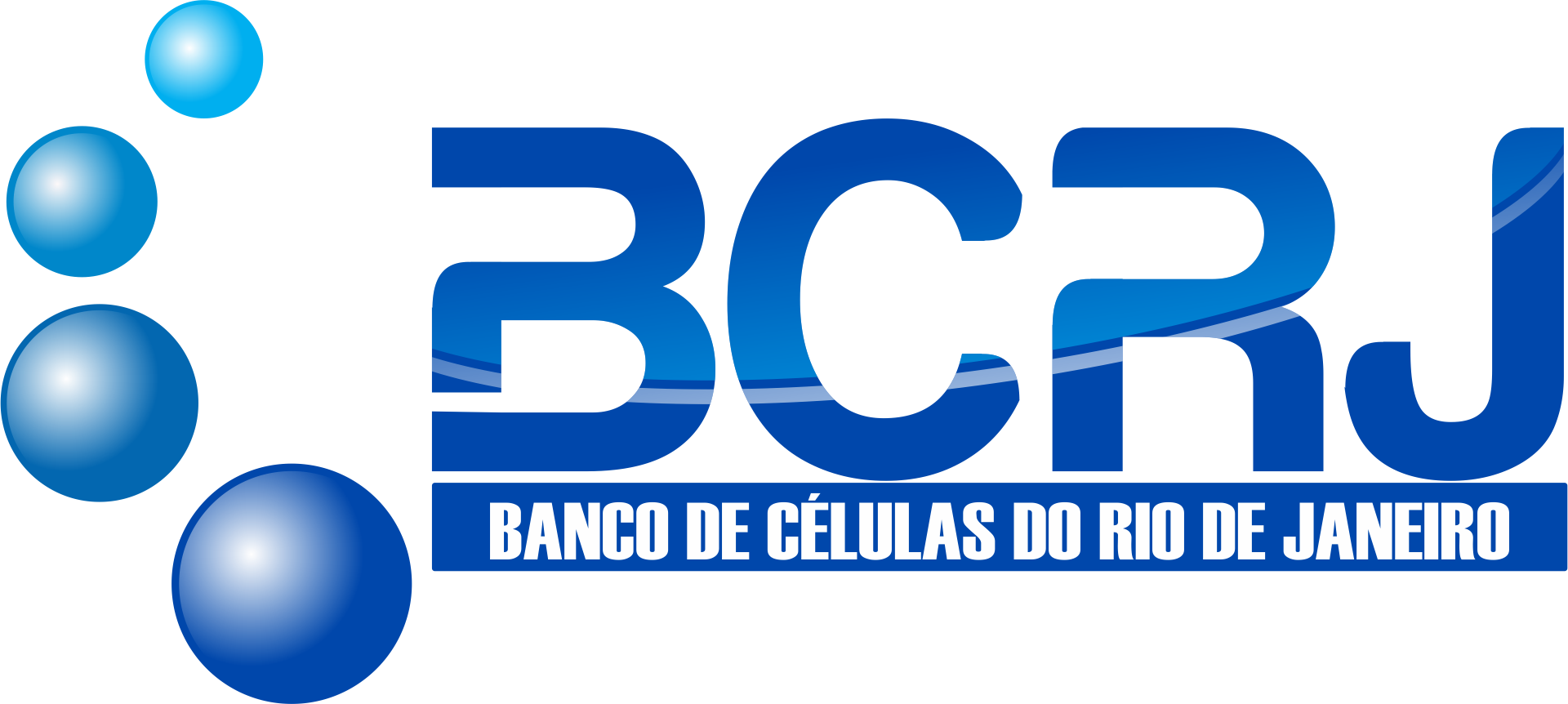| BCRJ Code | 0092 |
| Cell Line | GK1.5 |
| Species | Rattus norvegicus (B cell); Mus musculus (myeloma), rat (B cell); mouse (myeloma) |
| Vulgar Name | Rat; Mouse, Lewis (B Cell); Balb/C (Myeloma) |
| Tissue | Spleen |
| Cell Type | Hybridoma: B Lymphocyte |
| Morphology | Lymphoblast-Like |
| Growth Properties | Suspension |
| Derivation | Animals were immunized with the cloned cytotoxic T lymphocyte lines V4 and 243/2.5. Spleen cells were fused with Sp2/0-Ag14 myeloma cells. |
| Applications | The antibody profoundly blocks antigen specific murine class II MHC antigen reactive helper T lymphocyte lines. |
| Products | immunoglobulin; monoclonal antibody; against mouse helper, inducer T cells (L3T4 antigen, CD4) |
| Biosafety | 1 |
| Addtional Info | L3T4 is expressed on mouse helper/inducer T cells and is analogous to the human Leu-3/T4 molecule. |
| Culture Medium | Iscove's Modified Dulbecco's Medium (IMDM) with 4500 mg/L glucose and fetal bovine serum to a final concentration of 10%. |
| Subculturing | Cultures can be maintained by addition of fresh medium. Alternatively, cultures can be established by centrifugation with subsequent resuspension at 1 x 10e5 viable cells/mL. Maintain cultures at a cell concentration between 1 x 10e5 and 1 x 10e6 cells/mL. NOTE: Do not allow the cell concentration to exceed 1 x 10e6 cells/mL. Population Doubling Time about: 24-30 hours |
| Subculturing Medium Renewal | Every 2 to 3 days |
| Culture Conditions | Atmosphere: air, 95%; carbon dioxide (CO2), 5% Temperature: 37°C |
| Cryopreservation | 95% FBS + 5% DMSO (Dimethyl sulfoxide) |
| Thawing Frozen Cells | SAFETY PRECAUTION:
It is strongly recommended to always wear protective gloves, clothing, and a full-face mask when handling frozen vials. Some vials may leak when submerged in liquid nitrogen, allowing nitrogen to slowly enter the vial. Upon thawing, the conversion of liquid nitrogen back to its gas phase may cause the vial to explode or eject its cap with significant force, creating flying debris.
NOTE: It is important to avoid excessive alkalinity of the medium during cell recovery. To minimize this risk, it is recommended to place the culture vessel containing the growth medium in the incubator for at least 15 minutes before adding the vial contents. This allows the medium to stabilize at its normal pH (7.0 to 7.6). |
| References | Fitch FW, et al. Evidence implicating L3T4 class II MHC antigen reactivity; monoclonal antibody GK1.5 (anti-L3T4a) blocks class II MHC antigen-specific proliferation, release of lymphokines, and binding by cloned murine helper T lymphocyte lines. J. Immunol. 131: 2178-2183, 1983. PubMed: 6195255 Dialynas DP, et al. Characterization of the murine T cell surface molecule, designated L3T4, identified by monoclonal antibody GK1.5: similarity of L3T4 to the human Leu-3/T4 molecule. J. Immunol. 131: 2445-2451, 1983. PubMed: 6415170 Garvy BA, Harmsen AG. The role of T cells in infection-driven interstitial pneumonia after bone marrow transplantation in mice. Transplantation 62: 517-525, 1996. PubMed: 8781619 Murray HW, et al. Models of relapse of experimental visceral leishmaniasis. J. Infect. Dis. 173: 1041-1043, 1996. PubMed: 8603949 Wilson ME, et al. Local suppression of IFN-gamma in hepatic granulomas correlates with tissue-specific replication of Leishmania chagasi. J. Immunol. 156: 2231-2239, 1996. PubMed: 8690913 Wong P, Rudensky AY. Phenotype and function of CD4+ T cells in mice lacking invariant chain. J. Immunol. 156: 2133-2142, 1996. PubMed: 8690902 Sayles PC, Johnson LL. Intact immune defenses are required for mice to resist the ts-4 vaccine strain of Toxoplasma gondii. Infect. Immun. 64: 3088-3092, 1996. PubMed: 8757838 Murray HW, et al. Multiple host defense defects in failure of C57BL/6 ep/ep (Pale Ear) mice to resolve visceral Leishmania donovani infection. Infect. Immun. 64: 161-166, 1996. PubMed: 8557335 Dialynas DP, et al. Characterization of the murine antigenic determinant, designated L3T4a, recognized by monoclonal antibody GK1.5: expression of L3T4a by functional T cell clones appears to correlate primarily with class II MHC antigen-reactivity. Immunol. Rev. 74: 29-56, 1983. PubMed: 6195085 Hay, R. J., Caputo, J. L., and Macy, M. L., Eds. (1992), ATCC Quality Control Methods for Cell Lines. 2nd edition, Published by ATCC. Caputo JL. Biosafety procedures in cell culture. J. Tissue Culture Methods 11:223-227, 1988 Fleming, D.O., Richardson, J. H., Tulis, J.J. and Vesley, D., (1995) Laboratory Safety: Principles and Practice. Second edition, ASM press, Washington, DC. Biosafety in Microbiological and Biomedical Laboratories, 5th ed. HHS. U.S. Department of Health and Human Services, Centers for Disease Control and Prevention. Washington DC: U.S. Government Printing Office; 2007. The entire text is available online at http://www.cdc.gov/OD/ohs/biosfty/bmbl5/bmbl5toc.htm |
| Depositors | Ises A. Abrahamsohn, Universidade de São Paulo |
| Cellosaurus | CVCL_4523 |



